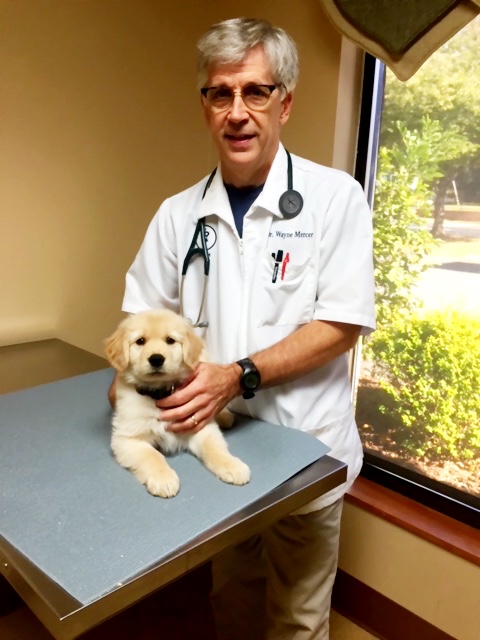PETS AND DISASTER SAFETY CHECKLIST
/The best way to ensure the safety of your pets during hurricane season or any other disaster is to be prepared with a plan.
The Atlantic hurricane season runs from June 1 to November 30 and includes the Atlantic Ocean, Caribbean Sea and Gulf of Mexico. The Eastern Pacific hurricane season runs from May 15 to November 30.
The best way to ensure the safety of your pets during hurricane season or any other disaster is to be prepared with a plan.
That’s why the Weather Channel and the American Red Cross put together this Pets and Disaster Safety Checklist that’s a must-read for all pet owners, especially during this time of year:
Plan Ahead
Plan to take your pets with you in an evacuation. If it is not safe for you to stay, it is not safe for them either.
Know which hotels and motels along your evacuation route will accept you and your pets in an emergency. Call ahead for reservations if you know you may need to evacuate. Ask if no-pet policies could be waived in an emergency.
Most Red Cross shelters cannot accept pets because of health and safety concerns and other considerations. Service animals that assist people with disabilities are allowed in Red Cross shelters.
Know which friends, relatives, boarding facilities, animal shelters or veterinarians can care for your animals in an emergency. Prepare a list with phone numbers.
Although your animals may be more comfortable together, be prepared to house them separately.
Include your pets in evacuation drills so that they become used to entering and traveling in their carriers calmly.
Make sure that your pet’s vaccinations are current and that all dogs and cats are wearing collars with securely fastened, up- to-date identification. Many pet shelters require proof of current vaccinations to reduce the spread of disease.
Consider having your pet “microchipped” by your veterinarian.
Know What To Take
Assemble a portable kit with emergency supplies for your pets. Keep items in an accessible place and store them in sturdy containers so that they can be carried easily. Your kit should include —
Sturdy leashes, harnesses and/or carriers to transport pets safely and ensure that they can’t escape.
Food, drinking water, bowls, cat litter/pan and a manual can opener.
Medications and copies of medical records stored in a waterproof container.
A first aid kit.
Current photos of you with your pet(s) in case they get lost. Since many pets look alike, this will help to eliminate mistaken identity and confusion.
Information on feeding schedules, medical conditions, behavior problems, and the name and number of your veterinarian in case you have to foster or board your pets.
Pet beds and toys, if easily transportable.
Know What to Do
Often, warnings are issued hours, even days, in advance. At the first hint of disaster, act to protect your pet.
Call ahead to confirm emergency shelter arrangements for you and your pets.
Ensure that all pets are wearing collars with securely fastened, up-to-date identification.
Check that your pet disaster supplies are ready to take at a moment's notice.
Bring pets inside so you won’t have to search for them if you need to leave quickly.
After a Disaster
The behavior of pets may change dramatically after a disaster, becoming aggressive or defensive, so be aware of their well-being and protect them from hazards to ensure the safety of other people and animals.
Watch your animals closely and keep them under your direct control as fences and gates may have been damaged.
Pets may become disoriented, particularly if the disaster has affected scent markers that normally allow them to find their home.
Be aware of hazards at nose and paw or hoof level, particularly debris, spilled chemicals, fertilizers and other substances that might not seem to be dangerous to humans.
Consult your veterinarian if any behavior problems persist.
Include All Your Animals
For information on disaster planning and emergency actions to take for livestock, horses, birds, reptiles or other small animals, such as gerbils or hamsters, visit RedCross.org, the Humane Society of the United States (www.HSUS.org) or Ready.gov.









